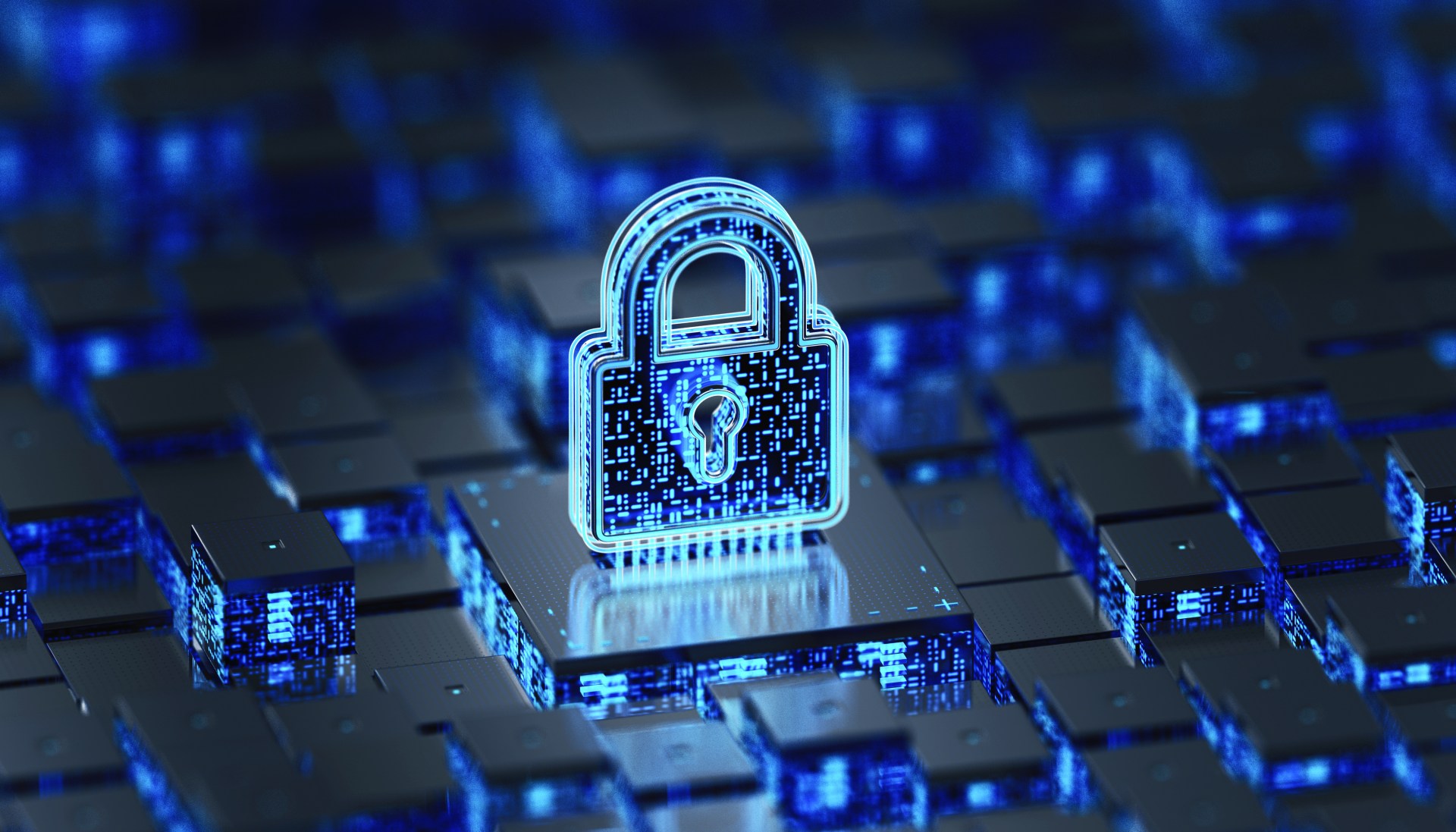Data is the basis of knowledge and knowledge is both powerful and valuable. This makes data a compelling target for cybercriminals. Data center security therefore has to be a top priority for organizations of all types and sizes. With that in mind, here is a quick guide to how data centers are addressing the challenge of maintaining effective security.
Biometric access controls
Biometric access controls use measurable biological or behavioral traits for identity verification. These traits include fingerprints, facial features, iris or retinal patterns, voice recognition, and even behavioral aspects like typing patterns. The uniqueness and complexity of these characteristics make biometrics a powerful tool in safeguarding sensitive data centers.
The benefits of biometric access controls
Biometric access controls offer three main benefits over conventional access controls.
Improved resistance to unauthorized access: Unlike passwords that can be forgotten, shared, or compromised, biometric data is inherently tied to the individual. This makes it exceedingly difficult for malicious actors to gain unauthorized entry.
Speed and convenience: Biometric authentication is often faster and more convenient for users, eliminating the need to remember and input passwords. This efficiency is particularly valuable in environments where quick access is crucial, such as data centers with stringent security protocols.
Non-repudiation: Since biometric traits are unique to each person, any activity or transaction authenticated using biometrics can be reliably traced back to the individual. This enhances accountability and reduces the risk of disputes or fraudulent claims.
The potential drawbacks and challenges of biometric access controls.
Biometric access controls offer three main drawbacks compared to conventional access controls.
Privacy concerns: Collecting and storing biometric data raises privacy concerns. Users may be apprehensive about sharing such personal information. They may fear potential misuse or unauthorized access to their biometric profiles.
Cost of implementation: Deploying biometric systems can be expensive due to the need for specialized hardware and software. Small to medium-sized businesses may find the initial investment challenging.
Accessibility issues: While biometric systems are a fast and convenient solution for most people, some people cannot use them either at all or temporarily (e.g. due to injury). This means that even the highest-security data centers may have to use alternative solutions to ensure accessibility.
Threat detection technologies
Advanced threat detection technologies leverage innovative approaches to identify, analyze, and neutralize threats in real time. They hence provide a proactive defense strategy against both known and unknown risks. Here is an overview of the five of the most important advanced threat detection technologies currently in use.
Artificial intelligence (AI) and Machine learning (ML): These technologies enable security systems to analyze vast datasets autonomously. This in turn enables them to discern patterns and adapt to evolving threat landscapes. By employing AI and ML algorithms, organizations can enhance their ability to detect anomalies and potential security risks.
Behavioral analytics: A subset of AI, behavioral analytics focuses on understanding normal behavior patterns within a network. By establishing a baseline of typical user activities, behavioral analytics systems can swiftly identify deviations that may indicate a security threat. This proactive approach is particularly effective in detecting previously unseen and evolving threats.
Network threat monitoring technologies: These solutions employ heuristic and behavioral analysis to detect suspicious patterns. Some tools can also proactively defend against the threats they identify.
Deception technology: Deception technology involves creating decoy assets to mislead attackers and divert them away from real assets. It enables organizations to detect and analyze the tactics, techniques, and procedures (TTPs) employed by malicious actors.
Security information and event management (SIEM): SIEM systems collect and analyze log data generated throughout an organization’s technology infrastructure. By correlating this information and applying advanced analytics, SIEM tools can detect patterns and anomalies that may indicate a security threat.
Compliance measures
Compliance is intrinsically linked with security. Here are the five main security measures that most compliance programs demand.
Data encryption: Ensuring that data is encrypted during storage, transmission, and processing adds an additional layer of protection against unauthorized access.
Access controls: Data centers must implement stringent measures to restrict unauthorized access to critical systems and sensitive information. These include multi-factor authentication, biometric access controls, and role-based access policies.
Incident response: Data centers are required to establish protocols for detecting, responding to, and mitigating security incidents. Additionally, timely and transparent reporting of security breaches is a key aspect of many compliance programs.
Audits: Continuous monitoring and regular audits (internal and external) help to evaluate the effectiveness of security controls. In particular, they identify vulnerabilities and ensure that data centers align with evolving compliance requirements.
Employee training: Data center staff must be well-versed in security best practices, compliance requirements, and the potential risks associated with security lapses.







